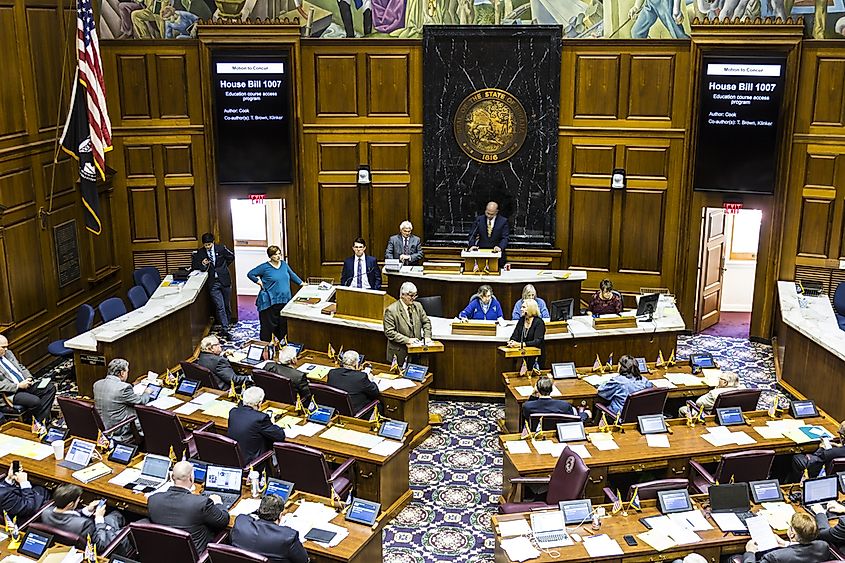How Does A Bill Become A Law in The US?

A bill is a legislative proposal of law, meaning it must be approved to become a law. We can define law as rules of conduct that are formed and carried out through government institutions. A bill must pass the legislature, so once it becomes law, we call it a statute or an act of the legislature. Before passing, there is a discussion; the bills are debated and eventually voted upon. There are differences in how bills get approved depending on the country, but we’ll be focusing on how it’s handled in the USA.
The Preparation And Introduction Of A Bill
A draft is often produced to prepare a bill, sometimes in confidentiality. The bill must be authorized by the US House of Representatives, Senate, and the President. When a bill is written, most often by a Representative, it needs support from other Representatives for it to be introduced. Since the legislature and the executive are separated in the US system, all bills are initiated in the legislature.
Once a bill is introduced, it is read to all the Representatives and sent to a committee. The committee consists of members of the Representatives divided into groups, all focusing on a particular subject. The subject can be education, agriculture, international relations, and many more. The bill can optionally be sent to a subcommittee for further evaluation and more detailed expert opinion before being sent back to the central committee for approval.

Further Legislative Stages
After being approved, a bill needs to be reported, debated, and voted on. First, it is reported to the House floor of the House of Representatives for a more detailed examination. This happens in order to determine whether any modifications were made to the bill since its conception. Next comes the debate, meaning that all the Representatives give their opinions on the bill and give proposals on what they would change. Once all of that is resolved, it’s time to vote on the bill. If the majority votes in favor of the bill, that means it has successfully passed the House of Representatives.
The next step is referring the bill to the US Senate, where it will go through very similar steps it already did in the House of Representatives. It’s eventually voted on, much in the same way as before. If the majority of the senators vote in favor, the bill is sent to the President to either give it the final approval or vote against it and send it back to the House of Representatives. However, if they decide to hold another vote and it is accepted again, the President’s veto is overruled.
Once passing all those steps, a bill is ready to become a law. The government can begin to enforce it immediately or at a later date.











